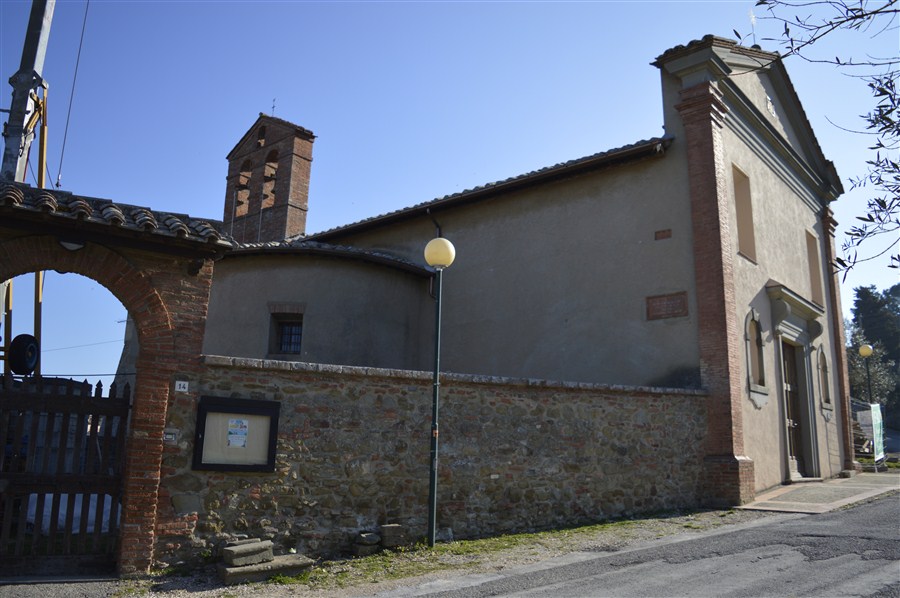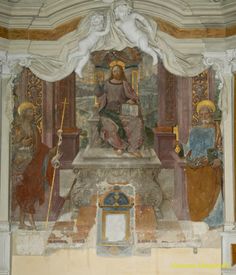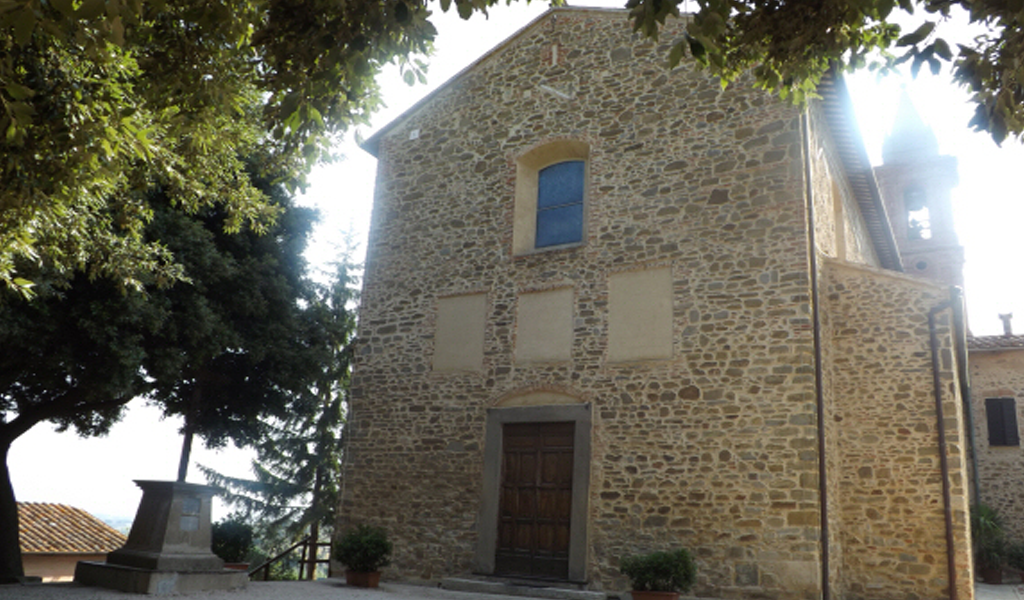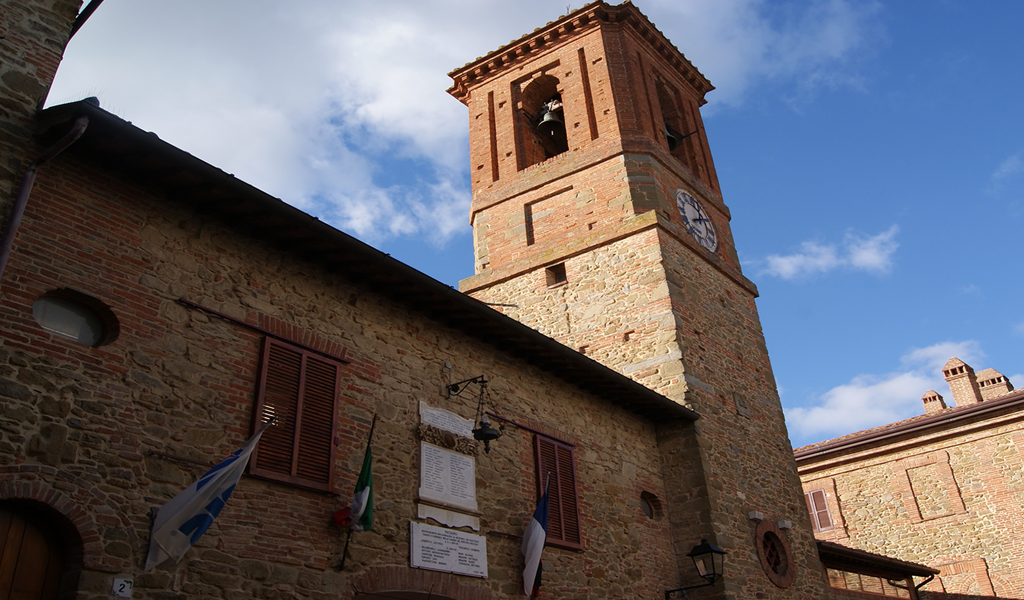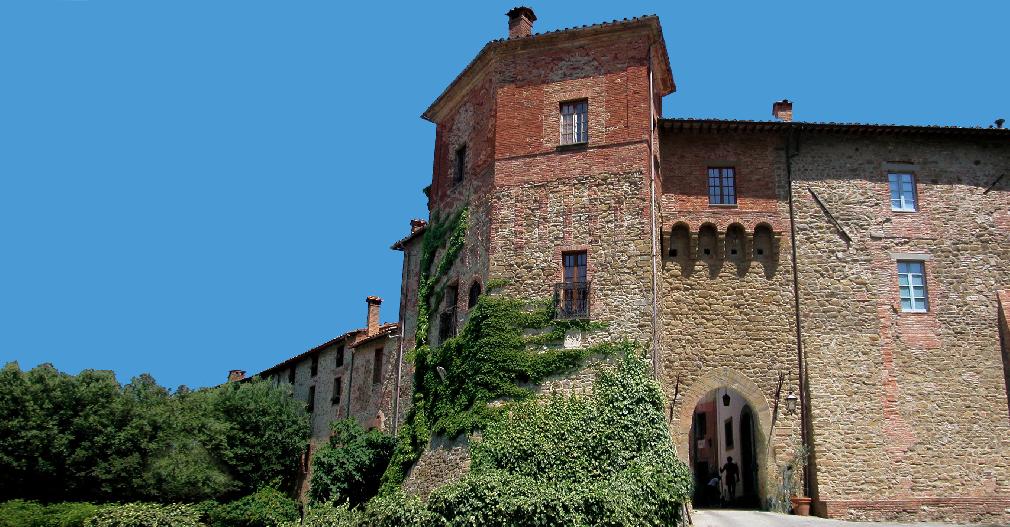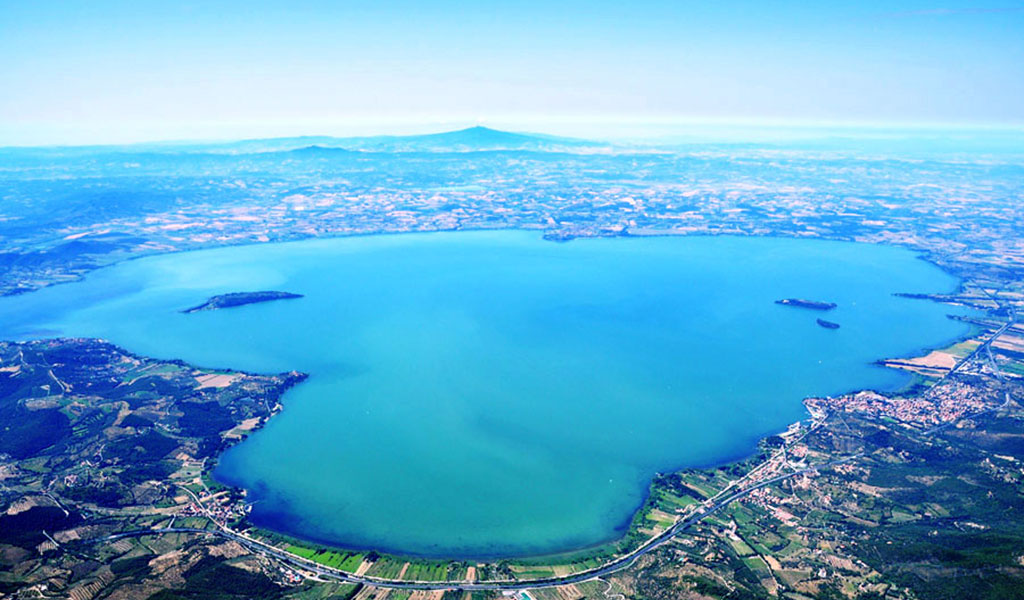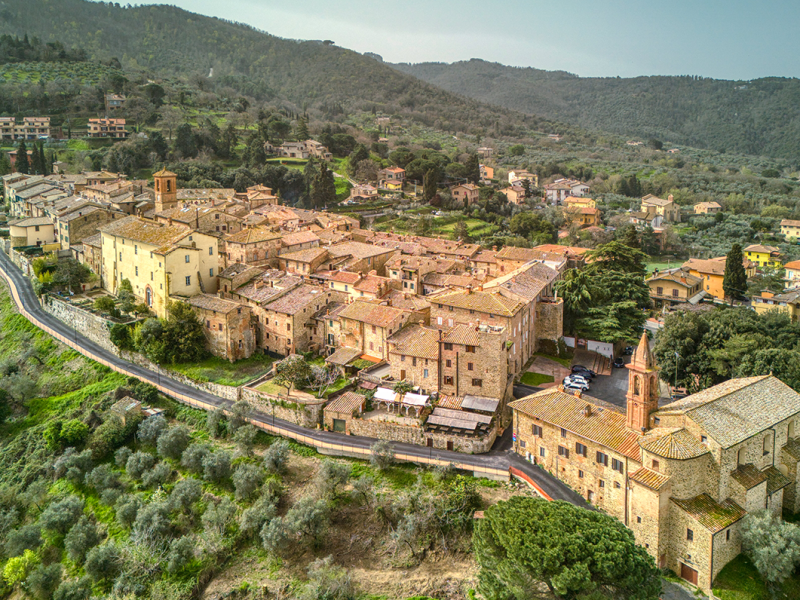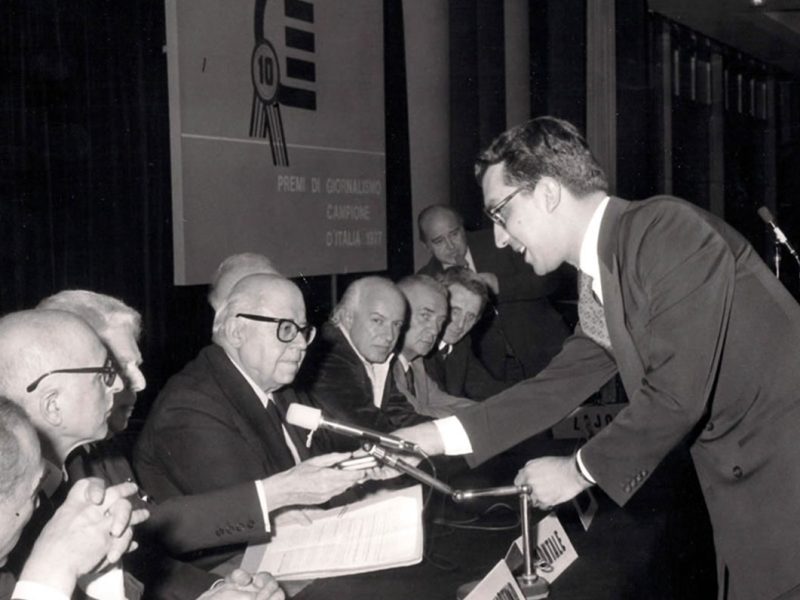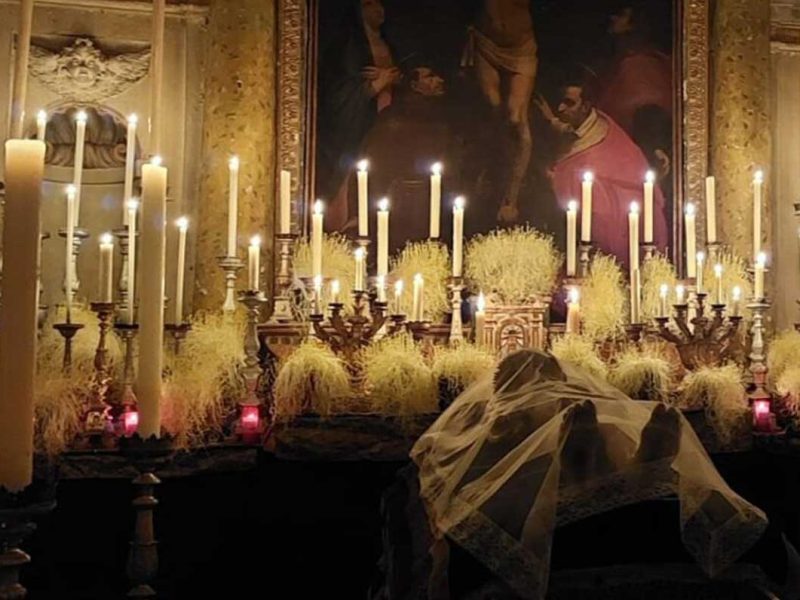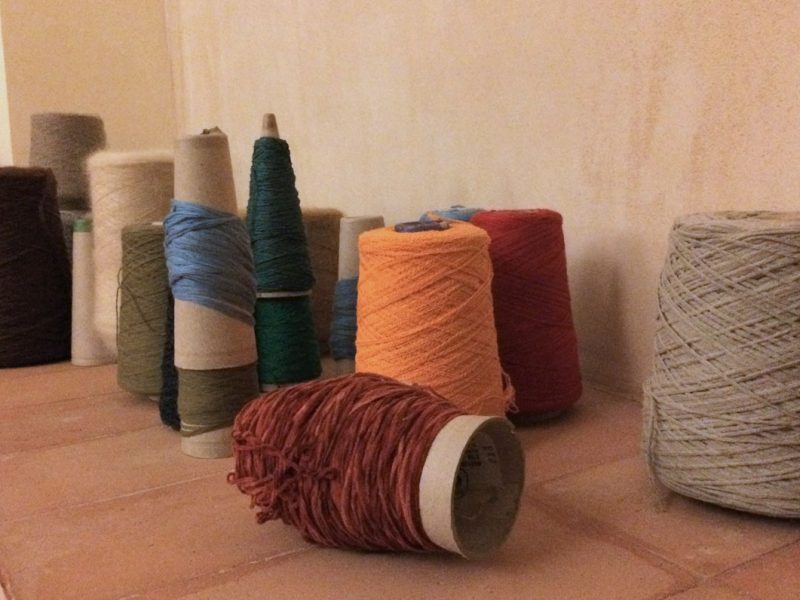Paciano
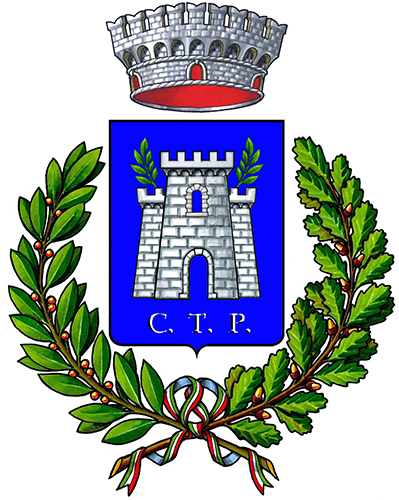
PROVINCE:
Perugia
WEB:
For tourist information:
Ufficio IAT
c/o Comune – Piazza Della Repubblica, 4 – Paciano
Paciano
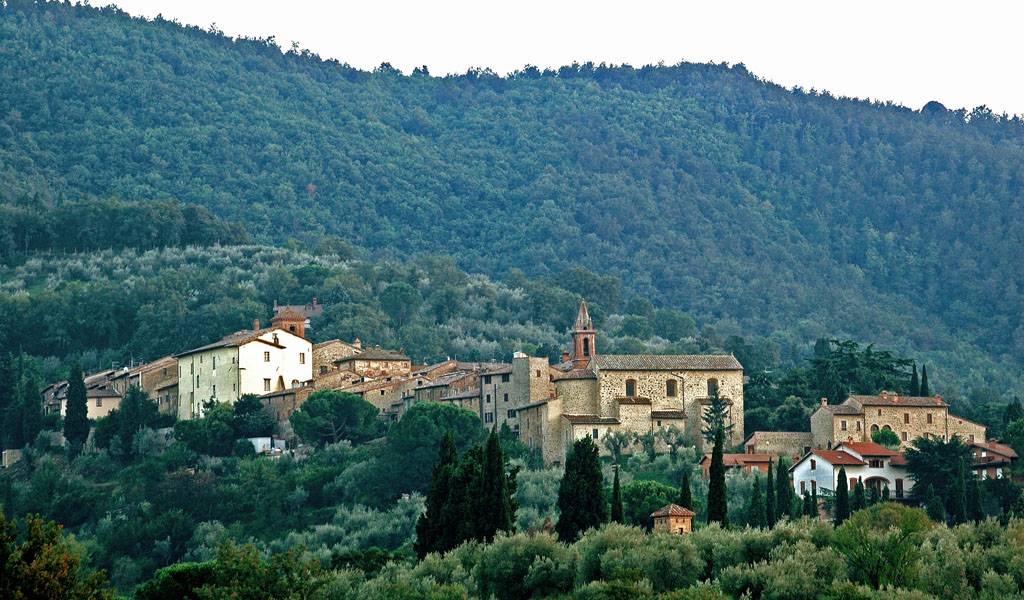
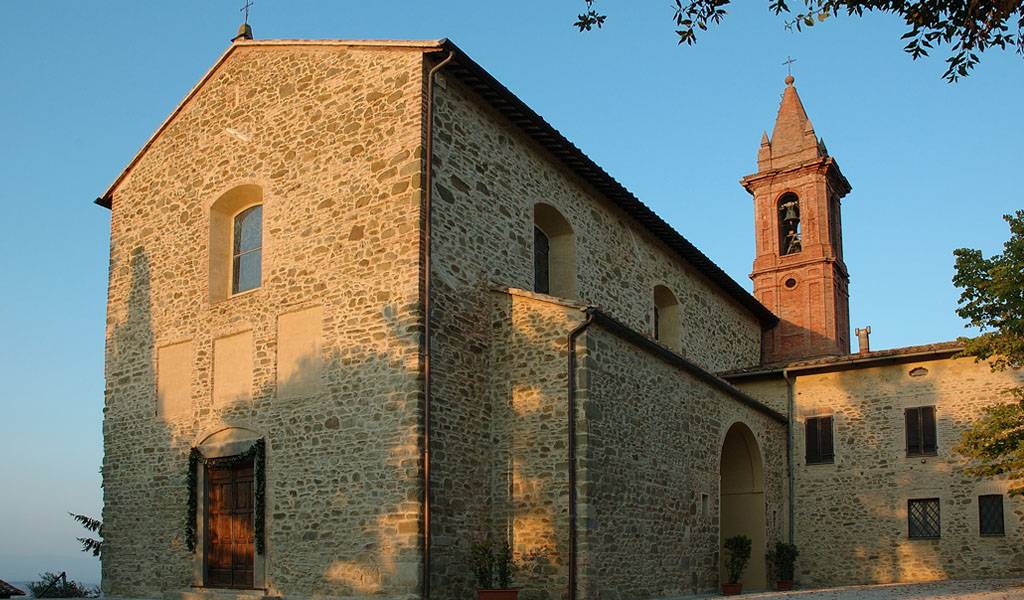
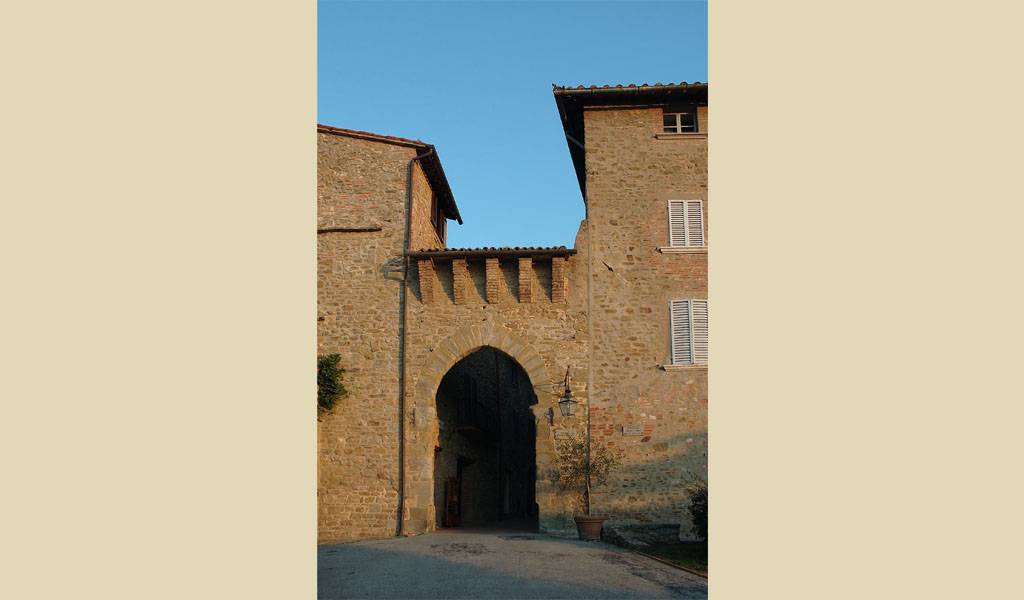
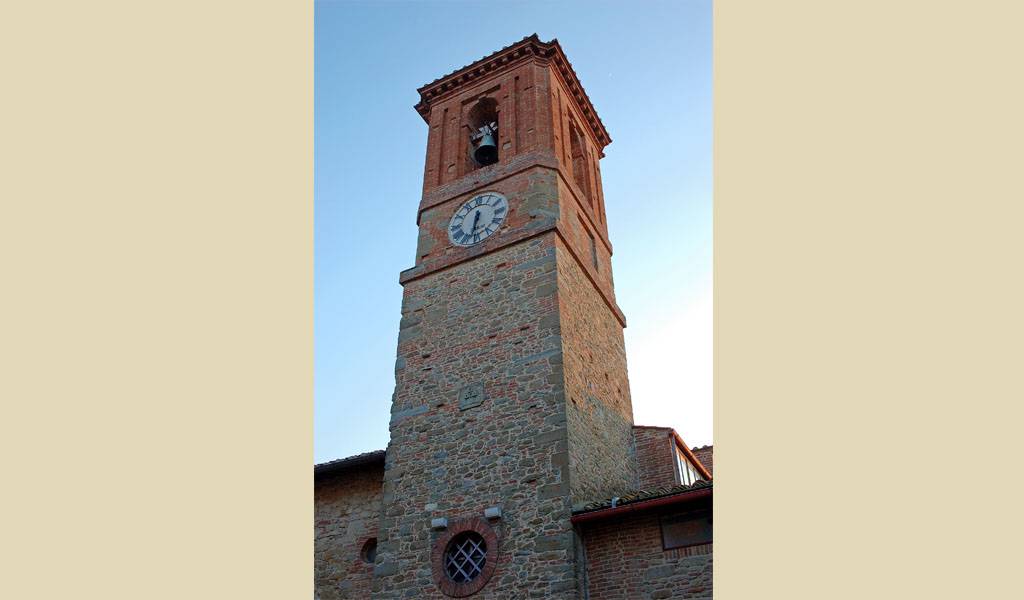
paciano is REGISTERED TO:

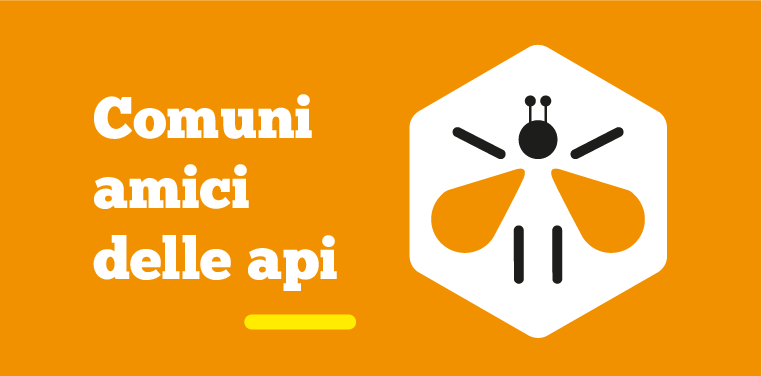
discovering the village
On the top of Mount Petrarvella (391 meters above sea level) stands Paciano, a small medieval village whose name seems to derive from Pagus Iani – a village dedicated to Janus – from Pagus Dianus – a luminous village – or from Pacius, a term indicating landed property. Indicated in a 9th century document as the Curtis of Paciano Vecchio (ancient settlement), at the end of the 12th century it entered the sphere of influence of the Municipality of Perugia and subsequently Paciano Nuovo was born – a village around the feudal castle – which, passing into the hands of the Count of Tuscany Guglielmo di Beaufort first and then to the leader Braccio da Montone, ended up under the control of the Holy See and the city of Perugia; having become the municipality of Panicale, it finally entered the Kingdom of Italy.

The village, protected by 600 meters of walls, has eight towers, three gates – Fiorentina, Perugina and Rastrella – and a fan-shaped layout with three parallel streets connected by alleys. In front of Porta Rastrella stands Palazzo Cennini, in two bodies joined by a walkway; renovated in 1500 by Cardinal Francesco Cennini, today it is a private residence with rich treasures, such as a hall with a beautiful view of Jerusalem, Rococo stuccoes and an eighteenth-century chapel. On its southern facade is Rocca Buitoni (1300) with 16th-century frescoes and two chapels: the private residence of the founders of the Buitoni brand, it is now the personal residence of the heirs, which can be visited during cultural events. Continuing, you come across the Etruscan well which, together with the fountains of Porta Rastrella and the wash houses (1800) of Porta Perugina, is part of the Water Route of Paciano. The Church of San Carlo Borromeo from 1629 – open during the Easter period – dedicated to the Saint and covered with funerary vestments that hide paintings from the 1800s, houses a wooden Dead Christ from 1620; the nearby Church of San Giuseppe from 1300 is now the parish museum of Etruscan-Roman finds and sacred works such as the canvas Madonna delle Grazie by Benedetto Bonfigli (1450).
In via Pitalessa is the Pinacoteca, home to works such as the Madonna del Rifugio (Madonna del Davanzale) by Bernardino di Mariotto and the colossal Crucifix (1452) by Francesco da Castel della Pieve, a work from the time span with a medieval pictorial setting and figures in Renaissance clothing.
In Piazza Repubblica, the Town Hall, entirely renovated in stone, houses the Madonna and Child by Salvio Savini; In front of the town hall, the Theatre dedicated to Sega la Vecchia and the seventeenth-century Palazzo Baldeschi stand out, home to the Municipal Library, the Third Millennium Centre, the Union of Municipalities of Trasimeno and the TrasiMemo Museum. Outside the historic centre are the churches of Santa Maria Assunta, San Sebastiano and the Sanctuary of the Madonna della Stella. For trekking and outdoor sports enthusiasts, routes of great naturalistic value are the Via Francigena, the CAI paths and the Percorsi del Perugino: 3 km along the Torre di Orlando, the remains of Paciano Vecchio, the former Convent of Sant’Antonio, and the ancient Church of Ceraseto, with a stone of Janus Bifrons on the façade and the fresco by Gianbattista Caporali, a student of Perugino, inside.
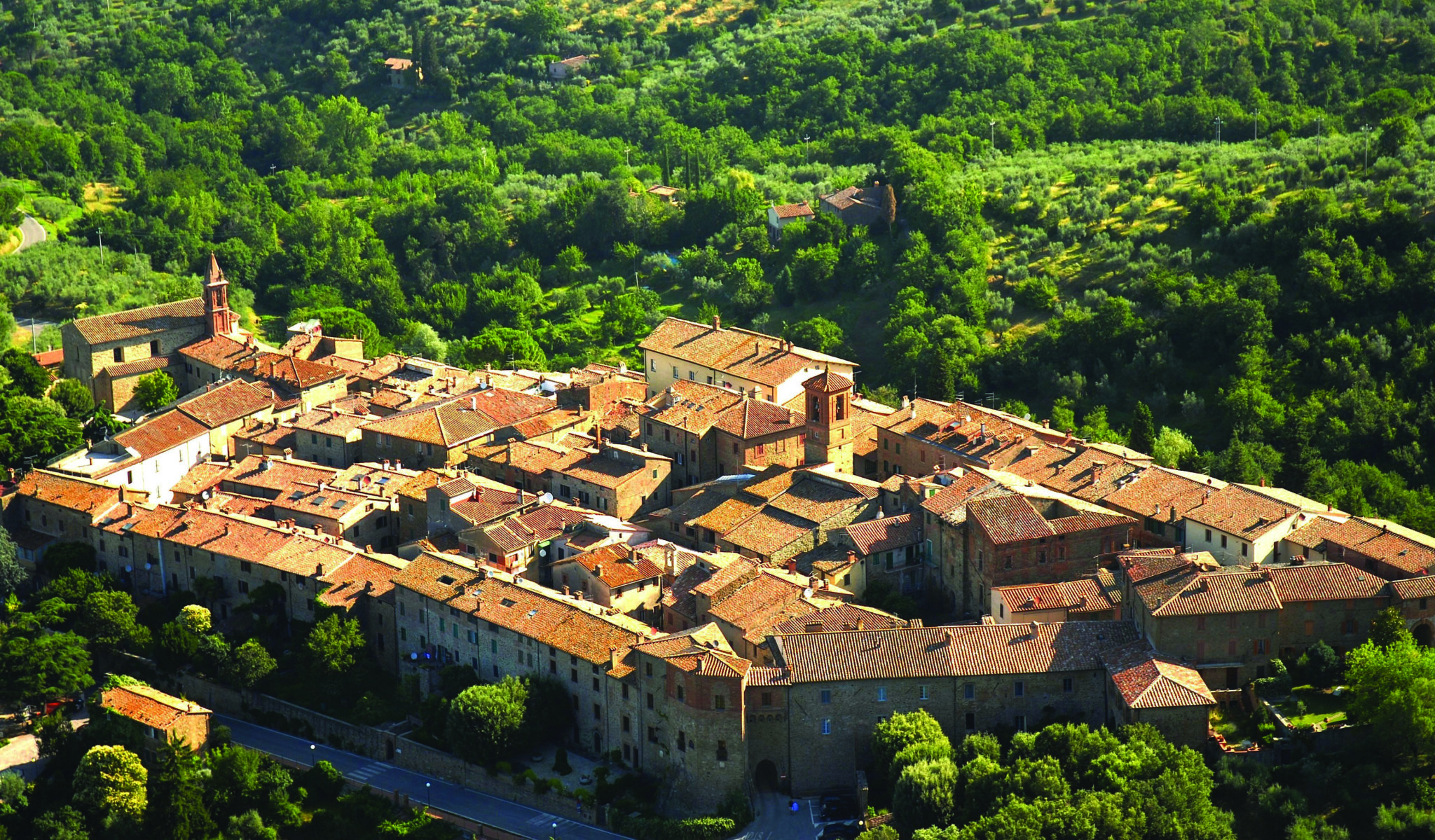
Important events are the appointments of the TrasiMemo Association, the Oil Festival and the Infiorata. A typical product of the area is the excellent DOP olive oil appreciated throughout the world, while among the culinary products the torciglione stands out, a Christmas cake in the shape of a snake with sweet and bitter almonds, eggs, sugar, candied fruit, pine nuts, coffee beans and Alchermes.

